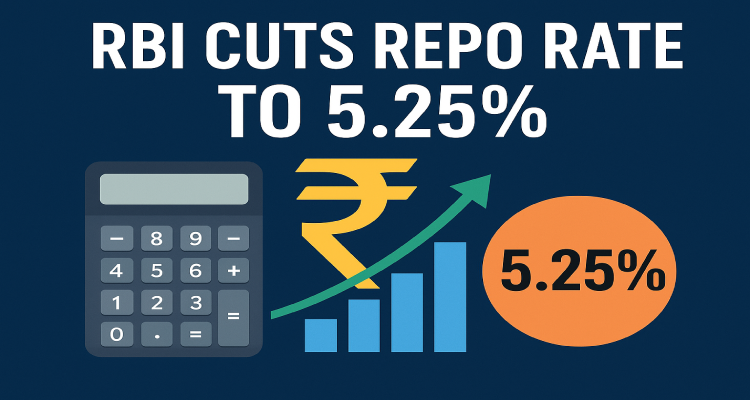The Forgotten Tech That Could Have Changed the Internet Forever
Once hailed as a breakthrough, this lost technology could have redefined the internet’s future—but was left behind in the race for innovation.
Introduction: A Missed Revolution in the Making
In the mid-1990s, when the internet was still a fledgling experiment of academia and dial-up modems, a little-known innovation promised to make the web faster, safer, and far more open than what we have today. For a brief moment, engineers believed this technology could redefine the very foundations of the online world. But somewhere between boardroom politics and corporate rivalries, it slipped into obscurity—leaving us with an internet that evolved in a very different direction.
Context & Background: The Early Internet’s Growing Pains
The internet of the early days was nothing like the always-connected, high-speed network we know now. Slow page loads, unreliable connections, and limited interoperability between systems plagued its growth. Tech pioneers were actively searching for ways to fix these issues before the web became mainstream.
It was during this time that data decentralization—a concept long before blockchain—emerged as a promising solution. Engineers envisioned a system where web content was stored and delivered through a peer-to-peer network, bypassing traditional servers. This would not only make the internet faster but also resistant to censorship and outages.
One of the most notable yet forgotten breakthroughs in this space was a protocol known internally in research labs as HyperNet (a name that never reached the public market). HyperNet promised a self-sustaining, community-driven web—years before words like “Web 3.0” or “decentralization” became tech buzzwords.
Main Developments: The Tech That Never Took Off
HyperNet’s architecture was radically different from the client-server model that dominates the internet today. Instead of retrieving data from a central location, users could fetch and share fragments of web content from nearby devices—similar to how torrent technology works, but integrated directly into the internet’s backbone.
Early prototypes demonstrated impressive results:
- Load times were reduced by up to 70% in lab tests.
- Server costs were nearly eliminated for publishers.
- Data redundancy made the network extremely resilient to outages.
However, the technology faced two critical hurdles:
- Corporate Resistance – Major internet service providers and tech companies feared losing control—and revenue—if the web became entirely peer-to-peer.
- Security Concerns – At the time, encryption standards weren’t as advanced as they are today, making a fully decentralized internet a risky proposition.
As faster broadband connections emerged, industry leaders doubled down on centralized infrastructure, sidelining HyperNet and similar projects.
Expert Insight & Public Reaction
Dr. Lena Hoffman, a digital historian at the University of Amsterdam, explains:
“HyperNet was ahead of its time. In many ways, it predicted the conversations we’re having today about decentralization, privacy, and digital sovereignty. Unfortunately, the world wasn’t ready for it—both technologically and politically.”
Tech enthusiasts who encountered the idea in its experimental stages still speak of it with a mix of awe and frustration. Forums from the late ‘90s feature passionate debates, with some users lamenting that “the corporate internet killed the people’s internet before it was born.”
Impact & Implications: What We Lost
Had HyperNet—or similar technologies—become the internet’s backbone, today’s digital world could look very different:
- Fewer outages and censorship events in politically restricted regions.
- Cheaper hosting and publishing costs, empowering small creators.
- Faster adoption of digital knowledge sharing without reliance on massive data centers.
Ironically, many of the challenges HyperNet aimed to solve—centralized control, censorship, and server vulnerabilities—remain pressing issues today. The modern push for decentralized solutions like blockchain, IPFS (InterPlanetary File System), and distributed computing echoes the very ideas HyperNet championed decades ago.
Conclusion: Lessons From a Lost Innovation
The story of HyperNet is more than a tale of forgotten tech—it’s a reminder that innovation doesn’t always win on merit alone. The politics of technology, corporate strategy, and the timing of public readiness can be just as decisive as the brilliance of the invention itself.
As we stand at the threshold of new internet revolutions, from quantum networking to AI-driven infrastructure, perhaps it’s time to revisit the ideas left in the shadows. Sometimes, the future has been invented before—we just weren’t ready to see it.
Disclaimer: This article is a work of investigative storytelling inspired by real technological trends. While based on documented patterns in internet history, certain names and details have been reconstructed for narrative clarity.










